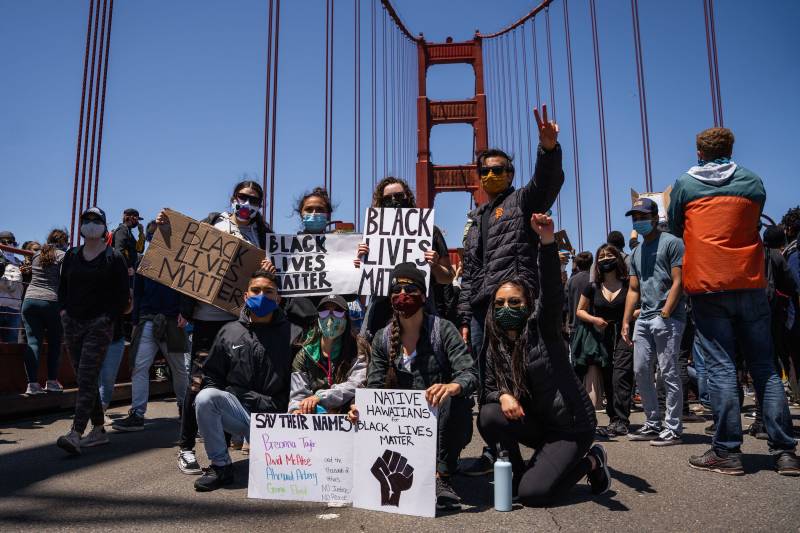In 2007, two professors—Brian Nosek of the University of Virginia and Anthony Greenwald of the University of Washington—developed an Implicit Association Test (or IAT for short) designed to expose subconscious racial prejudice that might be lurking beneath otherwise anti-racist surfaces. (“Most Americans,” the test cautions, “have an automatic preference for white over black.”)
Nosek told the North Bay Bohemian in 2007, “There’s stuff in my mind that exists there without my permission, without necessarily my desiring it and without my necessarily being able to control it. And so what that introduces is that I may be behaving in ways that are inconsistent with my values without even really recognizing it.”
The IAT on race—which takes less than five minutes to complete, and is hosted by Harvard University—evaluates subconscious bias using the test subject’s own automatic impulses and reflexes. A series of short online exercises ask the user to categorize photos of white and black faces, and a series of positive and negative words (including “joy,” “love,” “wonderful,” “agony,” “terrible” and “nasty”), as quickly as possible. Results reveal whether you have a weak, moderate or strong “automatic preference” for black or white people.
The first time I did the test, a decade ago, I was sure I would ace it. I was a lifelong liberal. My first protest march, at the age of 14, was against the racist British National Party, and I’d attended many others in the years since. Since the age of 18, my best friend has been a woman of color. I believed myself, wholeheartedly, to be not racist, consciously or otherwise. So when I did not get the test results I had been expecting, it was sobering to say the least.





